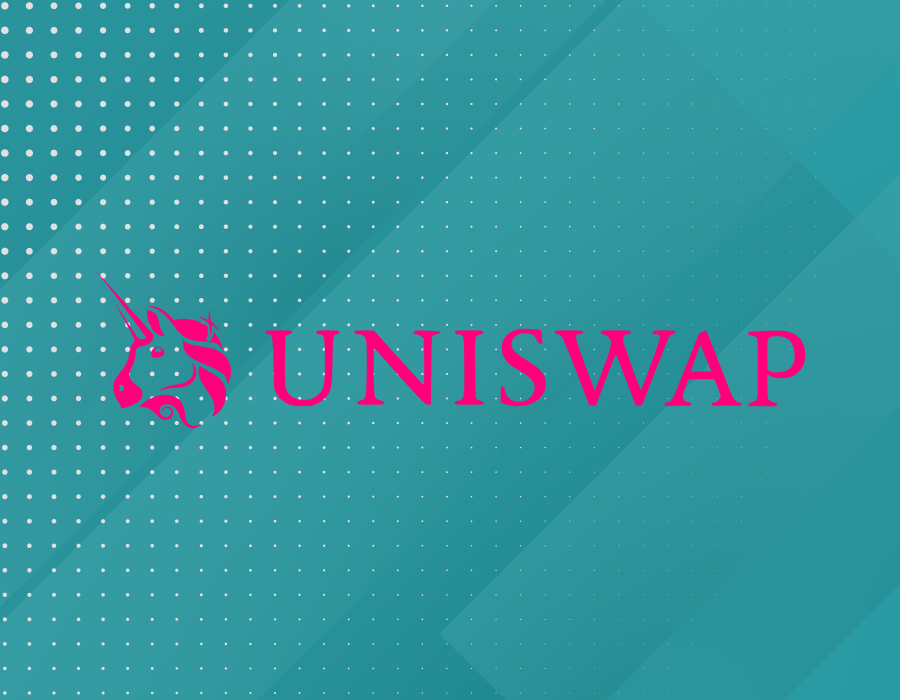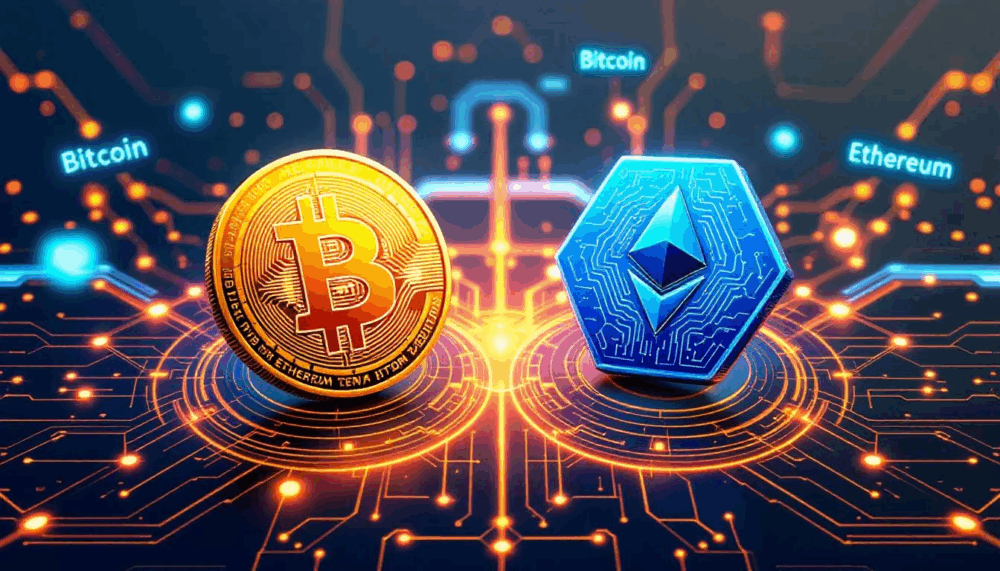Uniswap ($UNI) has carved out a name for itself as a leading decentralised exchange. Built on the Ethereum blockchain, it stands apart from centralised exchanges, offering a unique approach to crypto trading. Instead of a traditional order book system, Uniswap has deployed an innovative system where investors join together funds to create liquidity pools. With over $600 million in daily trading volumes, it is the largest cryptocurrency exchange and fifth largest protocol.
Centralised vs decentralised
Centralised exchanges like Coinbase and Binance dominate the crypto trading scene. These platforms are controlled by a single authority, which handles user funds and facilitates trades using a traditional order book system. This system involves matching buy and sell orders. For example, if you are looking to sell one $ETH for $2,500 you’d need to wait for a buyer who’s looking to buy an equal or higher amount of Ethereum at that price. While this structure brings lots of ease to traders, these platforms often face liquidity issues, where there aren’t enough orders to fulfil trades efficiently.
Besides liquidity challenges, centralised exchanges come with other significant risks. Users don’t control their wallet keys on these platforms, which can lead to losses, particularly if an exchange closes suddenly. Security breaches are another major concern, with several high-profile hacks causing huge losses. Moreover, being regulated entities, these exchanges are subject to strict rules that can limit their operations. Centralised exchanges have also faced their own internal challenges. Look at FTX who went into bankruptcy after it emerged that customer funds were being used to finance risky bets. Similarly, Mt Gox faced controversy after it lost 850,000 customer Bitcoins.
Uniswap’s decentralised model
Uniswap operates differently. It’s a decentralised exchange, meaning it’s not owned by a single entity, and it uses an automated liquidity protocol. This model encourages users to pool their funds to create liquidity for trades. Each token on Uniswap has its own pool, and prices are set by a mathematical algorithm. Built on the Ethereum blockchain, Uniswap is compatible with all ERC-20 tokens and integrates with Ethereum-based wallets like MetaMask. It’s also open source, allowing anyone to use its code to start their decentralised exchanges. Unlike centralised exchanges that charge for listing new tokens, Uniswap allows free listings. As a decentralised platform, Uniswap ensures users keep control of their funds, a stark contrast to centralised exchanges where users must relinquish control of their private keys.
Uniswap’s market dominance
Uniswap has significant influence and dominance in the cryptocurrency industry. It is the leading decentralised cryptocurrency exchange with its $661m in daily trading volumes, according to CoinMarketCap. Uniswap’s third version currently has a 12% market share. The exchange’s dominance is also visible in the wider decentralised finance (DeFi) industry. According to DeFiLlama, Uniswap is the fifth largest protocol by total value locked. At the time of writing, over $4bn worth of assets were locked into the decentralised exchange.
The UNI governance crypto
Uniswap launched its own governance token, $UNI, in September 2020. This development was a step towards involving the community in the platform’s decision-making process. Holders of the $UNI token are granted voting rights on key developments and changes on the Uniswap platform. This includes decisions on how newly minted tokens should be distributed among the community and developers, as well as adjustments to fee structures.
The introduction of the $UNI token was also a response to the competitive pressures from SushiSwap, a rival decentralised exchange. SushiSwap had been luring users away from Uniswap by offering its own governance token, $SUSHI. This token not only provided governance rights over the SushiSwap protocol but also offered a share in the transaction fees.
In a move to counter this and retain its user base, Uniswap announced the creation of 1 billion $UNI tokens. A total of 150m tokens were distributed to past users of the platform. This meant that anyone who had used Uniswap prior to the token’s launch received 400 UNI tokens, an amount valued at over $1,000 at the time. This bold strategy not only helped Uniswap in maintaining its position in the decentralised exchange market but also added an element of user empowerment. By allowing token holders to participate in governance, Uniswap reinforced the decentralised ethos that forms the core of its identity.
At the time of writing, $UNI was trading hands for $6.19, up 4% in the past 24-hours and 8% over the previous seven days. With its $3.7bn market capitalisation, it was ranked 21 out of all cryptocurrencies.
Advantages of Uniswap
Uniswap emerges as a standout platform, primarily due to its decentralised nature. This innovative exchange operates on the Ethereum blockchain, removing the need for traditional financial intermediaries.
By harnessing the power of smart contracts, Uniswap offers a transparent and secure environment for trading a variety of cryptocurrencies. This level of decentralisation not only democratises the trading process but also significantly reduces the risks associated with centralised exchanges, such as potential fraud or mismanagement.
Another significant advantage of Uniswap is its provision of liquidity. Traditional exchanges often struggle with liquidity issues, but Uniswap’s unique liquidity pool model addresses this challenge effectively.
Uniswap’s disadvantages
Despite its numerous advantages, Uniswap is not without its drawbacks. One significant issue is the problem of impermanent loss, a unique risk associated with providing liquidity in Uniswap’s pools. When the price of a deposited asset changes compared to when it was deposited, liquidity providers may experience a loss. This risk can deter potential liquidity providers, affecting the overall efficiency of the platform.
Another drawback of Uniswap is its reliance on the Ethereum network, which brings with it certain limitations. High gas fees and network congestion, common issues on the Ethereum blockchain, can lead to expensive and slow transactions on Uniswap. This not only affects the user experience but can also make small transactions economically unfeasible. As a result, the platform might not be the best choice for users looking to perform quick or low-value trades.
While it does face challenges, Uniswap offers a refreshing alternative in the world of crypto exchanges. Its decentralised nature, combined with a unique trading model, made it an innovator in the space.








